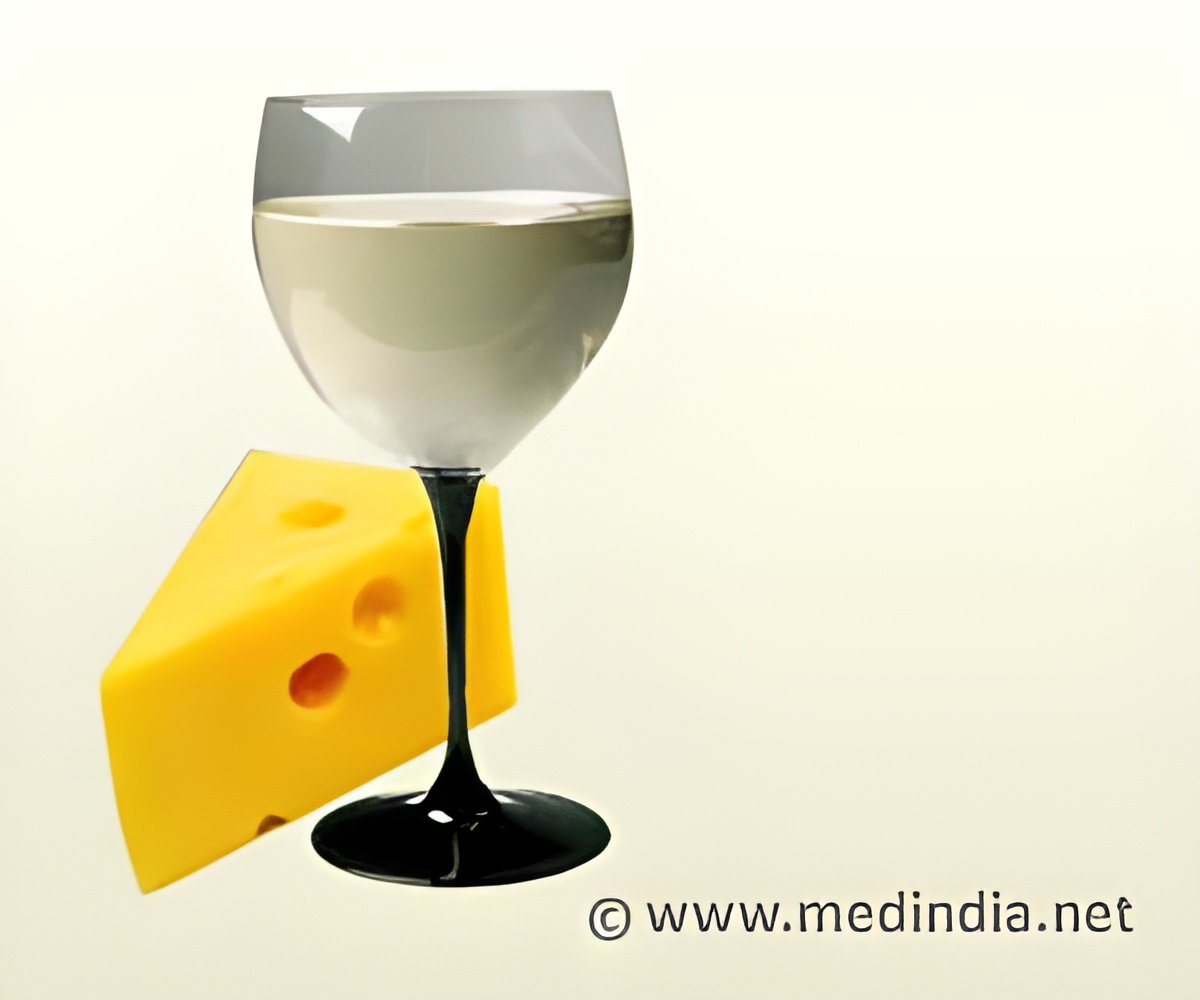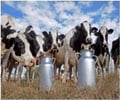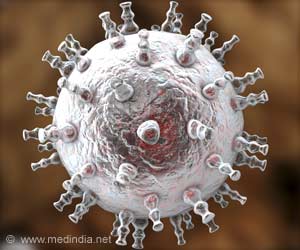Milk, yoghurt and cheese were digested just as easily by the Central Europeans in the Middle Ages as we do today

Dairy products have long been a central feature of European cuisine and cultural identity, and nowadays 60 – 90 percent of the European population is lactase persistent, which means they can digest milk in adulthood. Earlier studies on DNA samples taken from European farmers from around 5000 BC revealed a low lactase persistence rate. The earliest indications of lactase persistence to date were found among farmers in Spain during the Late Neolithic (approx. 3000 BC; 27 percent with lactase persistence) and Scandinavian hunter-gatherers (5 percent with lactase persistence). However, the question remains as to when and where humans began to exhibit a similar level of lactase persistence to us today.
Prevalence rate not the same everywhere
The latest study from the University of Zurich reveals a 72-percent lactase persistence rate among the population of the medieval town of Dalheim in Germany between 950 and 1200 AD, which indicates that lactase persistence had already reached modern Central European levels (71 – 80 percent) around 1000 years ago. Interestingly, these results contradict the previous research conducted on human remains from medieval Hungary, which exhibited a lactase persistence rate of 35 percent compared to 61 percent in the country today. The University of Zurich's study therefore suggests that the evolution of lactase persistence did not follow a single pattern throughout Europe and that genetic lactase persistence may have been common in Central Europe earlier than in Eastern Europe.
"Undoubtedly, a number of factors played a role in the prevalence in different regions, such as different food and migration patterns," explains Christina Warinner, the senior researcher on the University of Zurich's study. "Our research reveals that lactase persistence already developed during the Middle Ages in Central Europe but this was clearly not the case everywhere on the continent."
Majority of the global population lactose-intolerant
Advertisement
Advertisement












